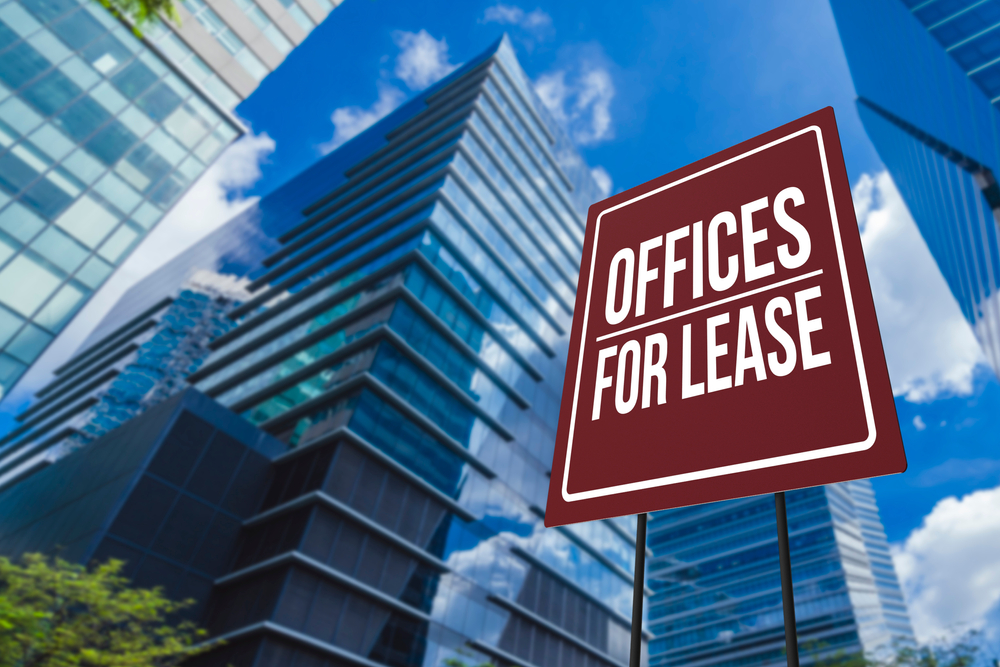A ‘Vacancy’ sign is flashing on office spaces in the Greater Hartford market that suffered a new all-time high availability rate of nearly 30 percent, according to a new report.
Conducted by CBRE, a global leader in commercial real estate services and investment, the “Hartford Office Figures Q1 2023” study showed how the Greater Hartford market overall experienced a “considerable negative absorption” of more than 675,000 square feet — indicating the capital and surrounding cities lost tenants occupying that amount of space.
The study analyzed office buildings that are “multi-storied, conventionally modernized, and not owned and occupied by a government or medical institution.” CBRE examined absorption in several submarkets: the City of Hartford; Hartford North (Bloomfield, East Granby, East Windsor, Enfield, Windsor and Windsor Locks); Hartford East (East Harford and Glastonbury); Hartford South (New Britain, Newington, Rocky Hill and Wethersfield); and Hartford West (Avon, Farmington, Simsbury, Southington and West Hartford).
The City of Hartford had a positive net absorption (more tenants leasing available office spaces) of 36,000 square feet, the most for any submarket. However, these gains were grossly outpaced by the Hartford North submarket, which had a negative absorption of 700,000 square feet. Currently, the submarket has a 66.2 percent availability rate and a 47.8 percent vacancy rate — both all-time highs.
As to why Hartford North suffered major losses, CBRE notes the negative absorption was “due to a large block coming online at 1 Griffin Road North” in Windsor. Meanwhile, Hartford South also outweighed any positive absorption in the urban areas, notching a net negative of 122,000 square feet.
“Notable transactions were very limited during the first quarter,” the report states. “The Department of Labor leased 18,000 sq. ft. at 60 Weston Street, followed by Aerotek Affiliated Services, Inc.’s 17,000 sq. ft. renewal and expansion at 30 Batterson Road Park. Rounding out the top three transactions, was Capitol Region Council of Governments 11,000 sq. ft. lease at 350 Church Street.”
Following Hartford North in vacancy rate was the City of Hartford (24.1 percent), Hartford South (23.7 percent), Hartford East (16.3 percent) and Hartford West (12.7 percent). The availability rate mirrored the vacancy rate placements.
Additionally, the ‘Average Asking Rent’ was “essentially flat quarter-over-quarter” at $20.67 per square foot, with the City of Hartford averaging $21.93 per square foot and suburban markets falling to $18.03.
Now, the increase in availability rate does not necessarily mean that the tenants occupying those more than 700,000 square feet left Connecticut. The report makes no such claim as to the drivers or where the tenants moved to (for instance, if most became remote or not).
Nevertheless, the report begs the question of how we can make Connecticut a more competitive space to prevent our office parks from becoming ghost towns. For instance, the state ranked 15th (1st being the worst) highest combined federal and state corporate tax rates, according to the Tax Foundation. Meanwhile, the state received D grades in ‘Economy’ and ‘Cost of Doing Business’ by CNBC’s “America’s Top States for Business”; Connecticut ranked 31st overall.
Gov. Ned Lamont and the legislature need to advance policies that promote smart, limited government; fairness for taxpayers; and an open road to opportunity for all the people of our state. And a good place to start, and reverse the vacancies, is in Yankee Institute’s Charter for Change.

